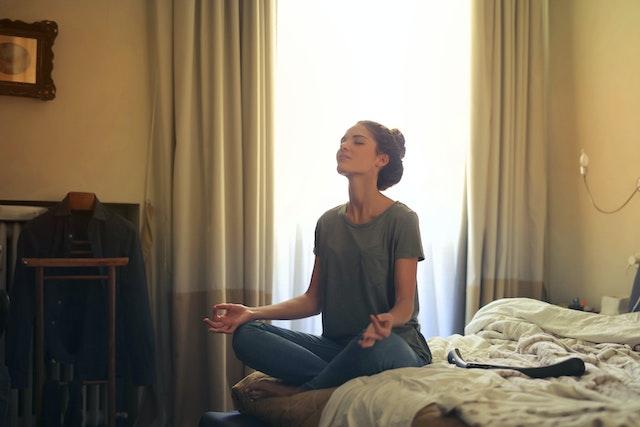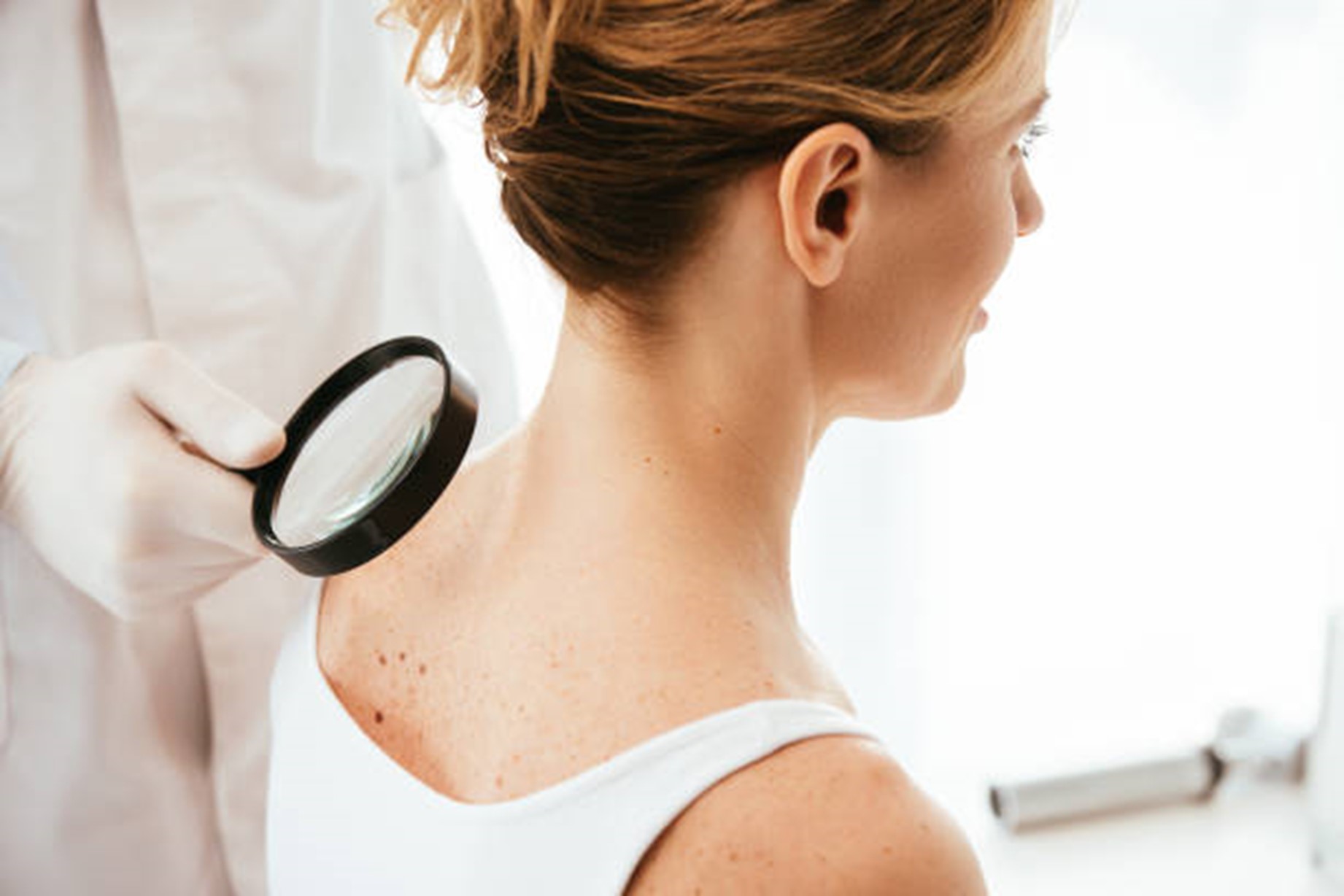Many of us associate relaxation with lazing with a bag of chips in front of the TV on the couch after a long day. However, while popular, this technique doesn’t do much to lessen the negative impacts of stress. That’s why you should try other methods of lowering your stress, including slowing your breathing and pulse and lowering your blood pressure. That will restore harmony in your mind and your body. You can try yoga, meditation, or other relaxation techniques to achieve this. Since everyone is different, we won’t just give you a one-size-fits-all solution to stress. Instead, we’ll help you in finding the best relaxation technique!
How to relax?
Relaxing isn’t just about taking a break from doing anything. Sometimes, taking a break and some time to yourself may not do anything to relieve your stress. For example, while some people enjoy taking long baths and putting on various face masks and other skincare routines, this may only give you temporary relief. Or, in some cases, it might not give you relief at all. You may spend your entire bath thinking and obsessing over something bothering you or simply feeling the tension in your body.
That’s why, to truly relax, you must relax both your body and mind. Let’s go over some of the best ways you can do that:
Deep breathing
Deep breathing, which means taking long, cleansing breaths, is a straightforward but effective relaxing method. It’s simple to learn, can be practiced practically any place, and, most importantly, offers an effective means of reducing stress. Deep breathing is also the foundation of many other forms of relaxation. For example, you can combine it with pleasant scents for aromatherapy or add music to it to further calm your mind and body.
Doing this relaxation exercise while sitting with your back straight is best. However, if you find it difficult, you may also try it while lying down. Breathe in through your nose and exhale all the air through your mouth.
As we said, you can do this anywhere, but to o find a quiet, calming place to enhance your relaxation. If you don’t have one, try creating a small, calming place in your yard or home. That can help you in finding the best relaxation technique for you, whether it is deep breathing or other methods.
Progressive muscle relaxation
A two-step progressive muscle relaxation technique involves sequentially tensing and relaxing various bodily muscle groups. Regular practice lets you know intimately how different sections of your body feel under strain and when they are completely relaxed.
To find out if this is the best relaxation technique for you, you should test it when you’re stressed. Start by making sure you are comfortable. Then, slowly start from your feet and work your way up by contracting each of your muscles for a few seconds.
If you are dealing with stress that keeps you awake at night, this exercise may help you relieve tension and fall asleep faster. For example, if you’re planning your next move and dealing with a lot of moving stress, exercises like these might help you find a way through it. Start doing this when lying in bed, and you’ll be surprised how fast you feel sleepy.
Body scan
This method combines progressive muscular relaxation with deep breathing, or breath focus, as some call it. It’s simple. You start by focusing on one body region or group of muscles at a time after a few minutes of deep breathing, mentally releasing whatever physical tension you may be experiencing. While doing this, your mind will unwind, and your body will relax.
A body scan might assist you in responding to the first indications of stress-related physical tension. However, it could be less beneficial for you if you just underwent surgery that impacts your body image or experience other issues with body image.
Visualization and finding the best relaxation technique for you
To relax and concentrate using this method, visualize calming situations, places, or experiences to relax and focus. If you can’t do it by yourself, that’s okay. You can easily find free apps and online tapes of tranquil scenes to play. Just be sure to pick images that you find relaxing and have meaning for you. Although guided imagery can support a positive self-image, it can be challenging for people who struggle to concoct mental images or for those who struggle with intrusive thoughts.
Yoga, Tai Chi
Yoga and Tai Chi are the best ways to care for your body and mind. These ancient disciplines are interesting because they incorporate flowing movements and changing postures with rhythmic breathing. The physical components of these exercises provide a mental focus that helps you stop undesirable thoughts. Also, they might help you improve your balance and flexibility. However, these relaxing techniques might be too difficult for you if you are not typically active, have health issues, or have a severe or disabling condition. Before beginning them, consult your doctor.
Other forms of exercise
While most popular, yoga and tai chi aren’t the only forms of physical activity that can help you relax. Instead, you can try various rhythmic exercises to clear your mind and exercise your body. For example, when you are so stressed that you can’t think of anything else, try taking a walk or running outside for a few minutes. Swimming, dancing, and climbing can also have a similar effect but are rarely as accessible as running or walking.
Final thoughts
As we established, there is no one-size-fits-all solution to stress. Finding the best relaxation technique for you is the key to dealing with stress. Don’t be surprised if not all of this works for you because we’re all different. Some may find meditation and deep breathing helpful, but you may be too easily distracted. In that case, you might need something more physical to manage to keep your mind occupied.



